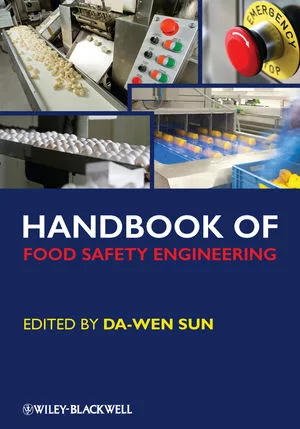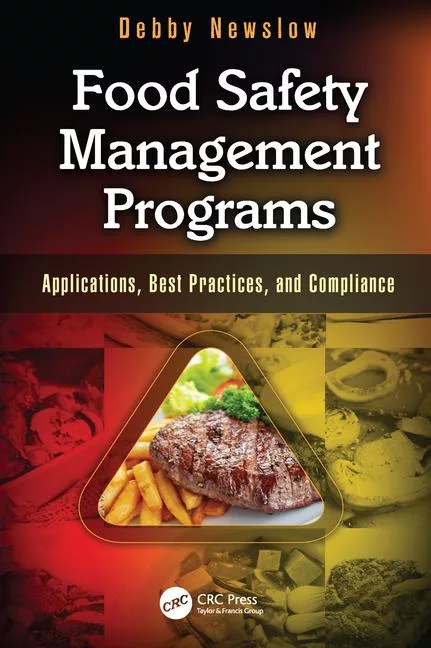Is Your ATP System Giving You a False Sense of Security?

It is widely accepted that ATP testing can be a valuable tool in monitoring and trending overall hygiene levels in food production and processing environments. Of more frequent debate is whether meaningful differences exist between the performance of commercially available ATP systems in detecting surface contamination and, if so, how to measure these differences.
This was the question Cal Pacific Specialty Foods in Moss Landing, CA, set out to answer as they evaluated ATP systems for their production facility. Cal Pacific Specialty Food processes strawberries into concentrates and purees. Some products are also quick frozen. As theirs is a fresh product, it is crucial to Cal Pacific Specialty Foods that they employ the most rigorous Sanitation Standard Operating Procedure (SSOP) and Hazard Analysis Critical Control Point (HACCP) standards. ATP testing is a critical component of their SSOPs. Hence, their objective was to select the most accurate and repeatable ATP system.
Diana Huang, Technical Director for Cal Pacific Specialty Foods, developed a rigorous evaluation methodology that included criteria for consistency and repeatability. "We tested a lot of ATP units and found that they can give you a false sense of security," stated Diana of her ATP system’s evaluation results. Of particular importance to Diana was the performance of the systems directly on her production surfaces. Knowing that a number of environmental factors such as user variability, sanitizer interference and ambient temperature can affect the consistency of ATP results, Diana designed a protocol around testing surfaces for ATP both before and after initial cleaning, deep cleaning and sanitizing.
Diana and her staff observed that many ATP systems gave contradictory results in this evaluation. Some systems reported low readings, indicating a "passed" or "clean" surface before deep cleaning, similar readings at all stages or inconsistent readings on the same swab. Only the LIGHTNING MVP® from BioControl consistently produced the expected higher readings, indicating a "failed" or "dirty" surfaces prior to cleaning and lower results post-cleaning.
Measuring Up
Consistency of results was an obvious area of concern as Diana and her team could not accept an ATP system that would produce "loopholes" in her sanitation-monitoring program. This was not a risk her company could take. Diana found the level of consistency in ATP testing she needed in BioControl’s system.
Diana’s experience is a good example why conducting a thorough evaluation of ATP systems is so critical, particularly for consistency and repeatability. Repeatability is measured by the ability of the system to produce the same results under identical circumstances. The recommended protocol for evaluating the repeatability of ATP systems utilizes an ATP standard (a known quantity of ATP) available from most ATP system vendors, a number of sampling devices and a luminometer. The sampling devices are used to collect the ATP standard and are then read with the luminometer.
When evaluating ATP systems in this manner it is important that the ATP standard is collected by swabbing with the sampling device rather than diluting the standard and pipetting it onto the sampling device. Diluting an ATP standard creates a homogenous ATP solution that, when pipetted onto a swab tip, becomes uniformly distributed on the swab. Reading swabs in this manner mitigates the inconsistency introduced by sample collection and can provide misleading results.
When ATP is collected via swabbing, the ATP is not uniformly deposited on a swab tip as ATP contamination is seldom uniformly present on a surface. Hence, some parts of the swab tend to contain higher concentrations of ATP than others. This can cause variable results in ATP systems that are designed to read the swab tip, as readings can vary greatly depending on which side of the swab tip is presented to the optics.
Designed to eliminate this shortcoming, contained in this system’s sampling device are the reagents and buffers necessary for the ATP bioluminescence reaction to occur. When the device is activated, these reagents are flushed through the hollow swab shaft and push the ATP off the swab and into the swab tube. The ATP mixes with these reagents and collects at the bottom of the swab tube where it is read by the instrument. The MVP has been specifically designed not to read the swab tip, which is positioned above the optical light path so that it does not interfere with the readings. This design ensures repeatable readings that are not affected by either the sampling technique or an uneven distribution of ATP on the swab tip.
Consistency, other key evaluation criteria for Cal Pacific Specialty Foods and many others are measured by reading a single sampling device repeatedly. Typically, ATP from an ATP standard is collected by swabbing, and consecutive readings are taken of the same swab. This type of evaluation establishes the variability within a single sampling device.
Other common criteria include reaction stability, impact of sanitizer and impact of temperature on the consistency of results. Like the approach used by Cal Pacific Specialty Foods, a systematic protocol that evaluates a system’s performance can allow you to make confident decisions about a sanitation program and provides a true sense of security.
>
Looking for quick answers on food safety topics?
Try Ask FSM, our new smart AI search tool.
Ask FSM →







